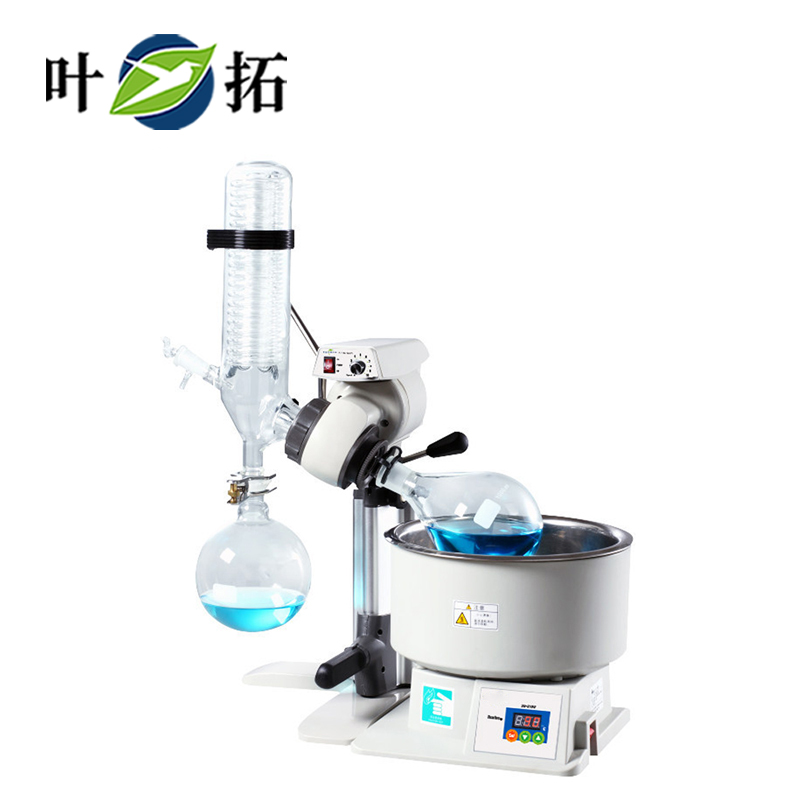The Rotary Evaporator at Shanghai Yetuo Laboratory typically operates under vacuum conditions to lower the boiling point of liquids and evaporate solvents. The working vacuum degree is a key parameter, usually measured in pressure units of millibars (mbar) or pascals (Pa).
Specifically, the working vacuum degree of laboratory rotary evaporators is usually in the range of several hundred to tens of pascals (or corresponding millibars). The common range of vacuum degree may be between 1 mbar and 200 mbar, but it depends on the model and design of the instrument.
When using a laboratory rotary evaporator, it is important to ensure that the instrument can maintain the required working vacuum and adjust it according to specific sample and experimental requirements. The instrument may be equipped with a vacuum pump or vacuum system to provide the required vacuum environment. During the operation, be careful to monitor the vacuum level to ensure the normal operation of the instrument and the successful conduct of the experiment.
The following suggestions and precautions:
Vacuum system inspection: Regular inspection and maintenance of the vacuum system of the rotary evaporator are very important. Ensure the normal operation of the vacuum pump and check the seals, valves, and pipelines to prevent leaks.
Vacuum oil: If using a vacuum pump, pay attention to maintaining the quality of the oil in the vacuum pump. Regularly replace and maintain the vacuum pump oil to ensure the operation of the system.
Cooling system: Some rotary evaporators require a cooling system to cool the condenser and ensure the normal supply of cooling water or other cooling media.
Monitoring temperature: Controlling the temperature inside the evaporator bottle is crucial. Ensure that the heating system can maintain the required temperature to ensure control of the evaporation process.
Prevent sample foam: during vacuum evaporation, some samples may produce foam, which may affect the evaporation efficiency. Use appropriate devices or methods to reduce the production of foam.
Regular maintenance: Conduct regular maintenance and cleaning, including cleaning and replacing seals, cleaning condensers and evaporation bottles, to ensure long-term stable operation of the equipment.


 Alibaba Store
Alibaba Store Tmall Store
Tmall Store Jingdong Sstore
Jingdong Sstore







